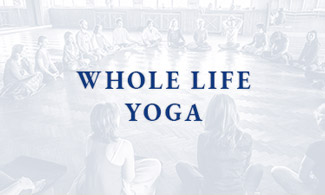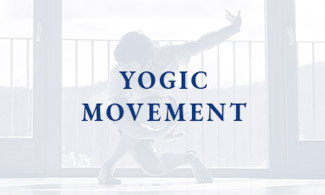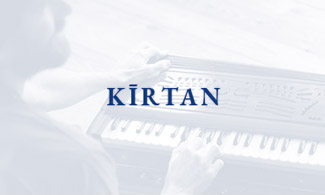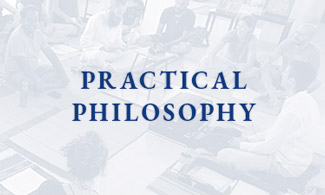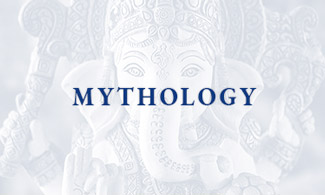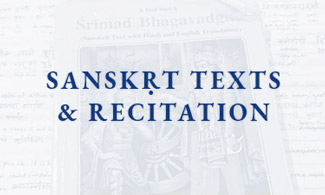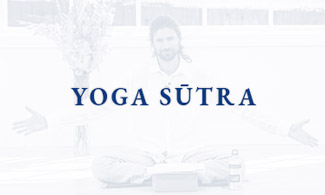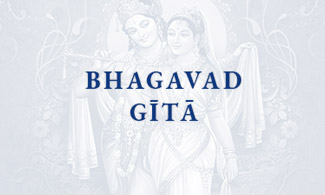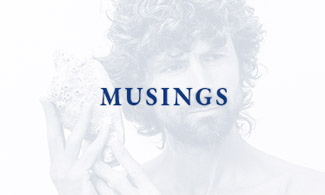
A Few Words on: ‘Why Start a Yoga Practice Session With a Mantra?’
There are many great reasons to work with a mantra at the start of a period of yoga practice or study. For a start, working with a mantra can help set the space of our body-borne field of awareness. Yoga practice seeks to harmonise this field. The yogic masters recognised millennia ago that this field we inhabit is one of pulsation, cycles and vibration. Sound then, is pervasive, and mantra is able to reach the parts that other techniques are not always able to reach so easily.
Quickly, readily, mantra can help tune our system. Mantra is thus a great way to initiate a practice session, because in yoga we always do our best to start as we mean to go on. Yoga is practical, and recognises that there is no means to an end. Rather, the means is the end. We get good at what we practice. So let us practice how we want to feel. We are only practising yoga in the first place because we are not yet established in yoga: in that state of balance and equipoise, of steady, integrated awareness that is the foundation for skilfulness and efficiency in all we do. So when we practice, we want to encourage evenness, wholeness, harmony and integration.
Mantra can be instrumental in inviting this integration. For example, if we sing a mantra to invoke Gaṇeśa, we are invoking the state of yoga and the skilful means to keep cultivating that state. Gaṇa means group, íśa – the Lord. Gaṇeśa is the energy that unifies and brings together the group, the energy of yoga. When we sing Oṃ gaṃ gaṇapataye namaḥ, the action is namaḥ – a bow, a prostration, gaṇapataye – to gaṇapati, to gaṇeśa, Oṃ – with all of myself. As I work with the mantra: with the sound, with my powers of expression, with my mental focus and my emotional intent; I orient towards my true aim.
Mantra, an instrumental power tool of sound and awareness, is a great way to help us orient like this. Working with a mantra invites us to unify our thought, our vocal expression – whether internal or voiced – and our emotional orientation. We can then use this instrument of mantra to invite deepening harmony in the field of our awareness.
Further, when considering why we might mark the start of practice with mantra, it can alert us to the bigger question of ‘why am I doing whatever I am doing?’ ‘Where am I acting from?’ Sometimes, the line between disciplined practice and autopilot routine can become blurred. Mantra is a great tool: distilled, concentrated, powerful; that can help us tune in and remember. Remember what we are practising for and how we can do that skilfully. Mantra can help bring all the members of the gang of our being into the here and now, so all parts of ourselves can participate in the practice, be nourished by it and experience the richness and fulfilment that we invite when we bring all parts of ourselves into congruent presence.
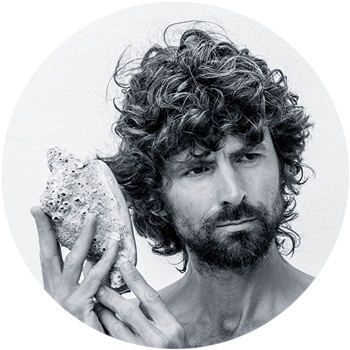
James Boag | Whole Life Yoga
The yoga of the whole human being. Practical philosophy, storytelling, movement, inquiry, looking in ways that reach beyond our habitual ways of looking.
Listen to James’ unique whole life yoga perspectives on the WHOLE LIFE YOGA podcast.

